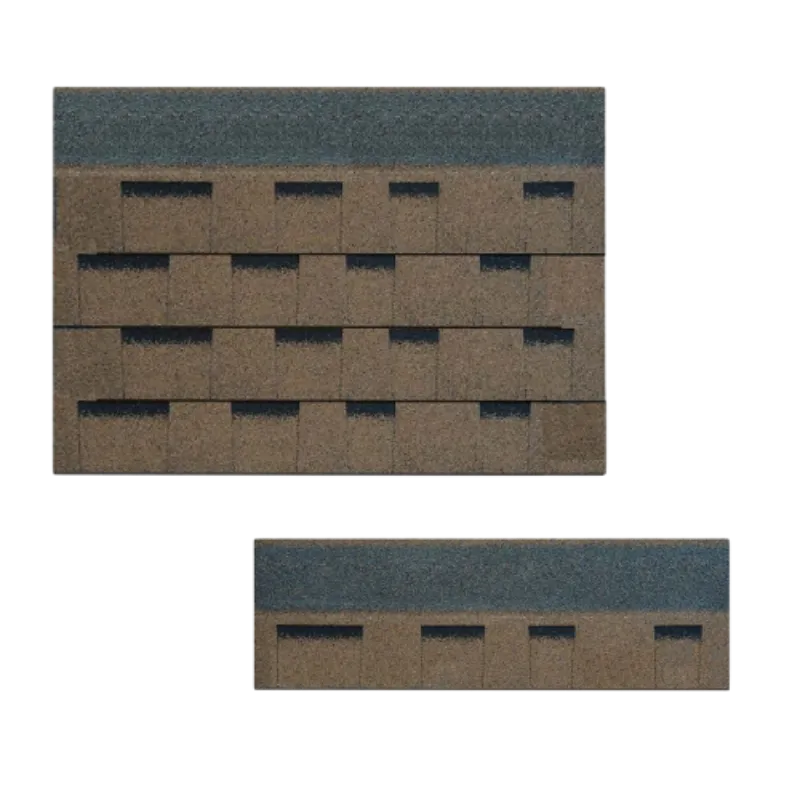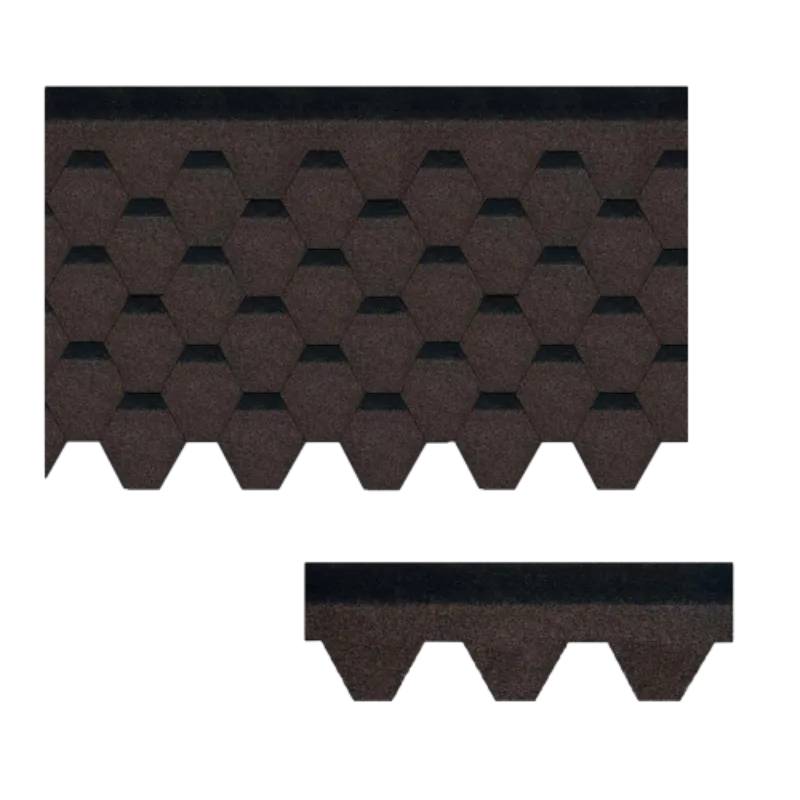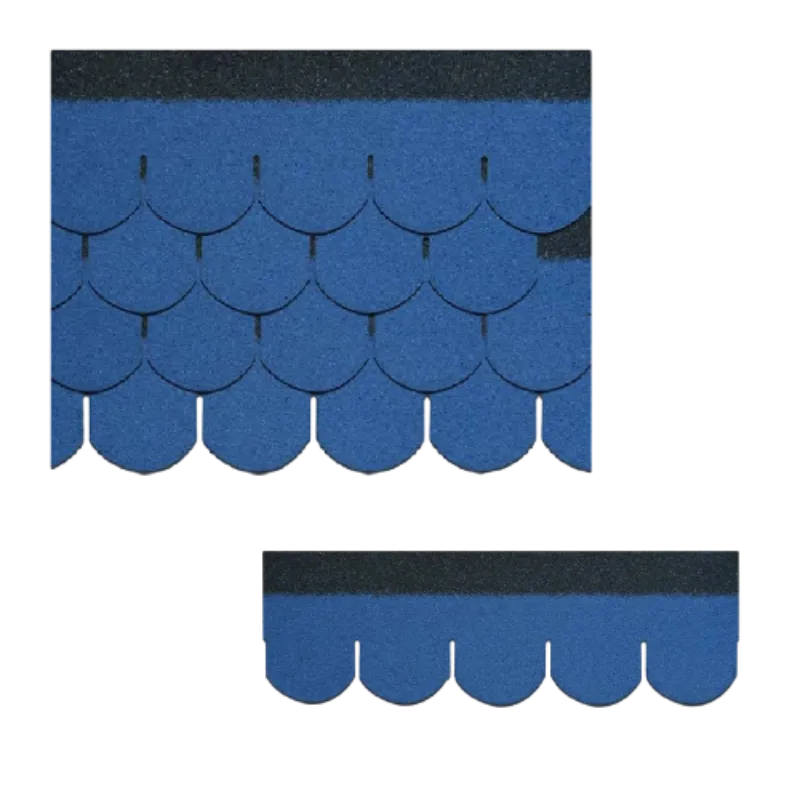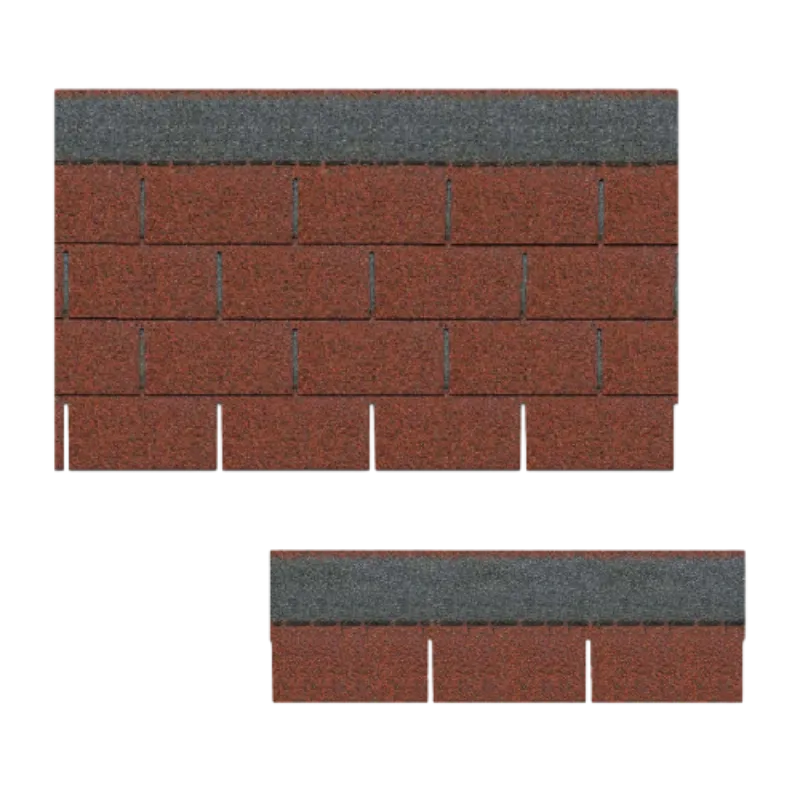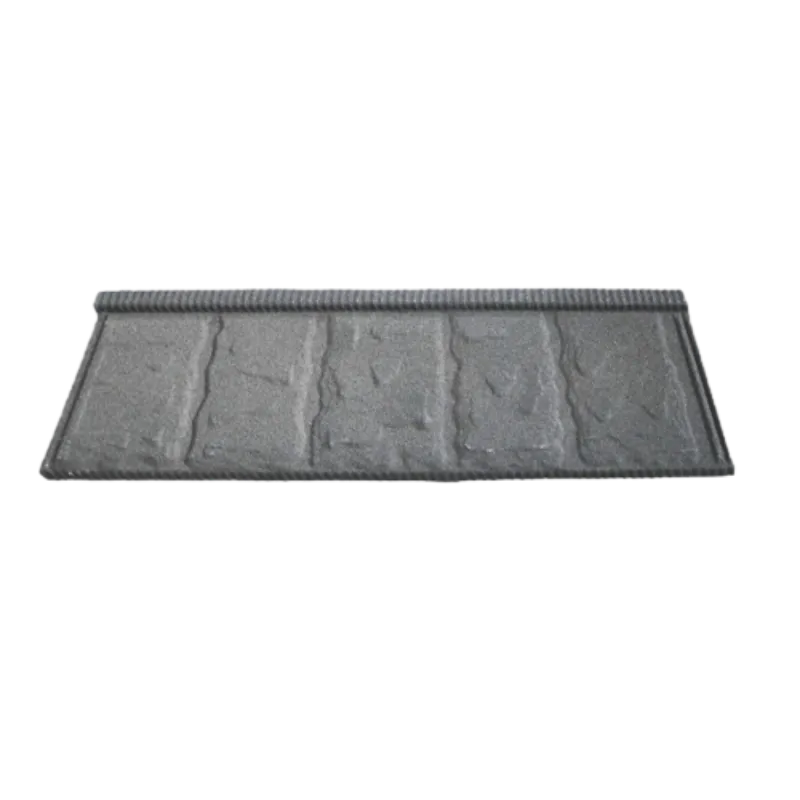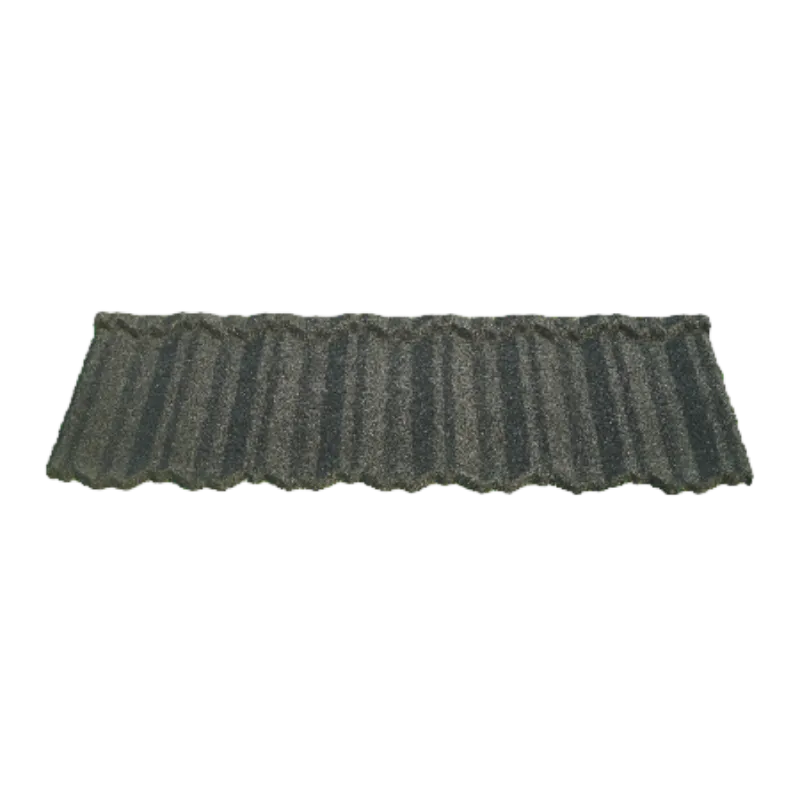
Sep . 23, 2024 20:17 Back to list
Tips for Replacing Roof Shingles Effectively and Efficiently
Changing Roof Shingles A Comprehensive Guide
Roof shingles play a crucial role in protecting your home from the elements. Over time, exposure to sun, rain, snow, and wind can take a toll on your shingles, leading to wear and tear that may necessitate a replacement. If you’re considering changing your roof shingles, it’s essential to understand the process, the materials available, and the benefits of a timely replacement.
When to Change Your Roof Shingles
The first step in assessing whether it's time to replace your shingles is to check their condition. Look for signs such as curling, cracking, or missing shingles. Dark streaks caused by algae can indicate deterioration, while granules in your gutters signal that your shingles have lost their protective layer. If your shingles are approaching 20 years of age or more, it may be wise to consider a replacement to avoid potential leaks and structural damage.
Choosing the Right Materials
When it comes to changing roof shingles, there are various materials to choose from
1. Asphalt Shingles The most common choice for homeowners, asphalt shingles are affordable and come in a variety of colors and styles. They are easy to install but typically have a shorter lifespan compared to other materials, usually lasting 15-30 years.
2. Wood Shingles Offering a natural look, wood shingles are another popular option. They can last 25-30 years but require regular maintenance to prevent rot and insect damage.
3. Metal Roofing Known for durability, metal roofing can last 50 years or more. It’s lightweight, resistant to severe weather, and highly energy-efficient, making it a great long-term investment.
4. Slate Tiles If you’re looking for longevity and aesthetic appeal, slate tiles may be the best option. They can last over 100 years but are much heavier and more expensive.
change roof shingles
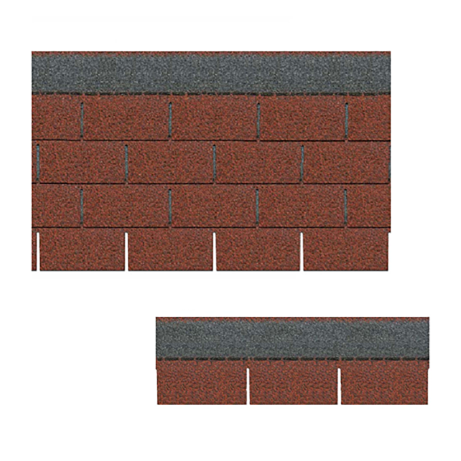
5. Synthetic Shingles These are designed to mimic the look of more traditional materials while being lighter and often more affordable. They are resistant to common issues like mold and algae.
The Replacement Process
Changing your roof shingles is a significant home improvement project that often requires professional help. The process typically involves
1. Inspection A professional will assess the existing roof structure to identify any underlying damage that must be addressed before installing new shingles. 2. Removal Old shingles are stripped away, allowing for an evaluation of the underlying roof deck. Damaged areas should be repaired or replaced.
3. Installation The new shingles can then be installed. Proper installation ensures that they will perform well and enhance your home’s curb appeal.
4. Cleanup After installation, debris will be cleared, and the area around your home will be left clean.
Benefits of Changing Your Roof Shingles
The advantages of replacing your roof shingles extend beyond aesthetics. New shingles improve energy efficiency, enhance your home's value, and provide better protection against the weather. Additionally, a new roof can prevent costly damage down the line, giving you peace of mind as a homeowner.
Conclusion
Changing your roof shingles is a crucial home maintenance step that should not be overlooked. Understanding when to change them, what materials are available, and the process involved will help you make informed decisions and improve the longevity and safety of your home. Whether you choose asphalt, wood, metal, or another option, a well-done roofing project can significantly enhance your home’s overall health and appearance.
-
Durable Tiles Made of Clay for Modern Cladding Solutions
NewsJul.22,2025
-
Stone Coated Roman Tile Metal Roofing - Durable & Elegant
NewsJul.22,2025
-
Premium Roofing Granules for Sale - High Durability & Cost-Saving
NewsJul.21,2025
-
Durable Laminated Shingles for Weather-Resistant Roofing
NewsJul.21,2025
-
Rubber Roofing Shingles - Durable & Weatherproof SBS Rubber Asphalt Shingles for Homes & Businesses
NewsJul.08,2025
-
Crest Double Roman Roof Tiles – Durable, Stylish Roofing Solution at Competitive Prices
NewsJul.08,2025


